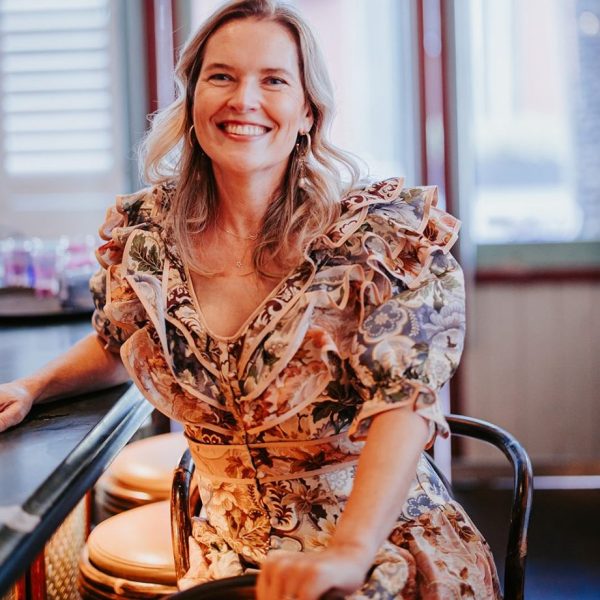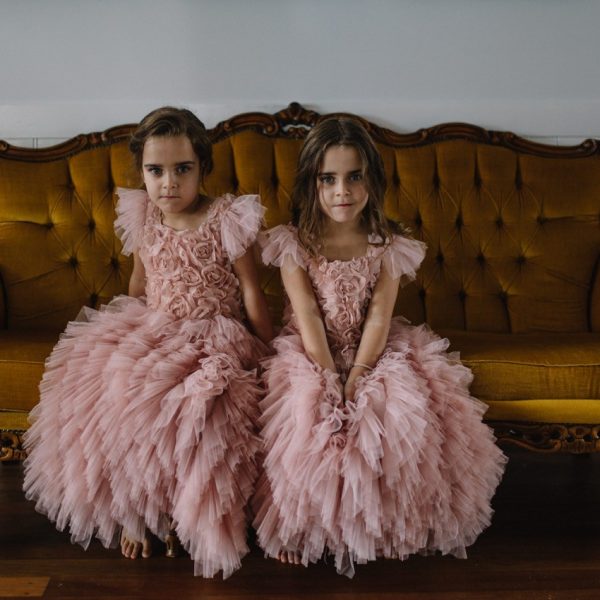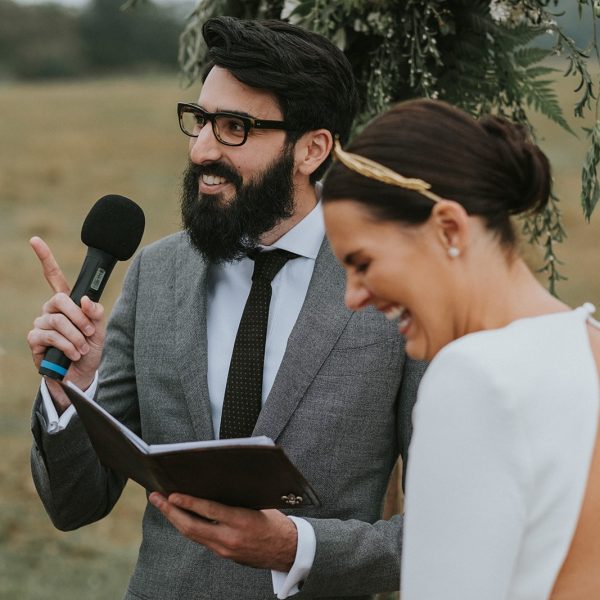How to get married in Australia- a rundown of the legal process!
When couples first contact me, I will invariably hear “we’ve never done this before, we don’t really know what to ask or what’s involved”. And why would you, if you’ve never gone through the legal process of tying the knot?
That’s OK, that’s a big part of our job as celebrants. Leading you through the legal process with ease, step by step. Here, I’ve written down what is required to give you an idea:
- Prior to a marriage, there is a form that must be completed called the Notice of Intended Marriage (or ‘NOIM’). This is mainly to ensure that each party to the marriage has time to consider and understand the commitment they are going to enter. Kind of like a cooling-off period!
- The soonest the NOIM can be lodged is 18 calendar months prior to the ceremony, and the latest it can be lodged is one calendar month prior to the ceremony- although a Prescribed Authority may approve a shorter notice time in some limited circumstances. The NOIM is then lodged with your chosen celebrant. The celebrant sends it into the state/territory Births Deaths and Marriages office after the ceremony. The form can be supplied by your celebrant or downloaded from the Attorney General’s website: www.ag.gov.au
- Documents you will need in order to fill out the NOIM: you will need to give your celebrant evidence of date and place of birth, identity, and the end of any previous marriages for each party. Passports are the easiest option, but original birth certificates PLUS photo ID can also be used. Your celebrant may also ask you to complete a statutory declaration to support your evidence.
- If either one of you has been married previously, you must provide your celebrant with evidence of the termination of the last marriage.
- There is lots of other useful information in the marriage section of the Attorney General’s office: www.ag.gov.au
- Other paperwork- there is a Statutory Declaration of No Legal Impediment to Marriage form (aka the DONLIM), which must also be filled out by the couple, stating that neither knows of any impediment to you being married. This form is supplied by your celebrant and must be filled out as close to the ceremony as is practicable and in the physical presence of your celebrant (so, not over a video call).
- You must have 2 designated witnesses to your marriage, both of whom must be over the age of 18, and preferably known to the couple. These witnesses will have to sign the registry forms at the end of the ceremony along with you and the celebrant. The witness’ job is to literally witness you saying your legal vow sentence to each other, be able to hear and understand that, and sign to that effect.
- During a marriage ceremony, there are certain words that must be spoken in order for the marriage to be recognised legally. The legal monitum spoken by the celebrant must be:
“I, (insert name of celebrant), am duly authorised by law to solemnise marriages according to law. Before you are joined in marriage in my presence and in the presence of these witnesses, I am to remind you of the solemn and binding nature of the relationship into which you are about to enter. Marriage, according to law in Australia, is the union of two people to the exclusion of all others, voluntarily entered into for life.”
- Additionally, the couple must each say:
“I call upon the persons here present to witness that I (full name), take thee, (full name) to be my lawful wedded husband/wife/partner/spouse.”
According to the Marriage Act 1961, there are slight variations that may be made to this wording which include:
‘Call upon’ may be changed to ‘ask’
‘Persons’ may be changed to ‘people’
‘Thee’ may be changed to ‘you’
‘Husband’ or ‘wife’ may be changed to ‘spouse’
‘Persons here present’ may be changed to ‘everyone here’ or ‘everybody here’ or ‘everyone present here’ or ‘everybody present here’, or
the couple may leave out either ‘lawful’ or ‘wedded’, but not both.
- The signing of the register after you have been declared husband and wife includes 3 forms that must be signed by the bride, groom, the 2 witnesses, and the celebrant. One is the marriage certificate that your celebrant will lodge with Births Deaths and Marriages in the State you are married in; one is the commemorative marriage certificate that you keep for yourselves, and the other is a copy of the marriage certificate which legally must remain with the celebrant.
- If one of you is planning to change your name, or you want/need proof of your marriage for other reasons, you must apply for an official BDM marriage certificate, which currently in NSW costs $60. The commemorative one you keep on the day is not seen as adequate for many institutions such as banks, passport office etc. In NSW, your celebrant can order one for you and have it delivered to your home address.
- The celebrant must lodge your paperwork within 14 days of your ceremony.
Contact me for any questions/my availability on heidi@byronbaycelebrant.com.au or ph. 0404047313 and I will be happy to help!



